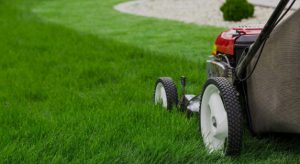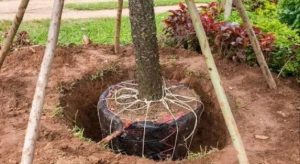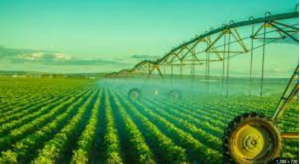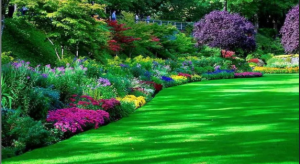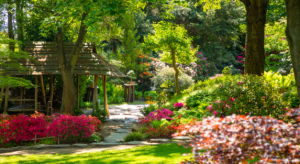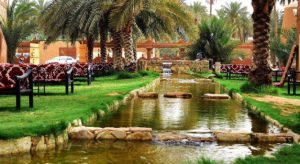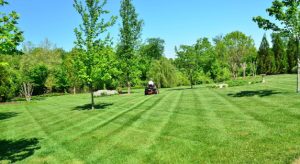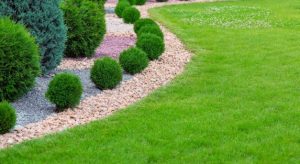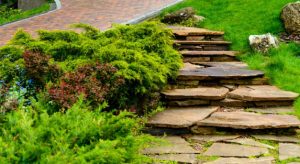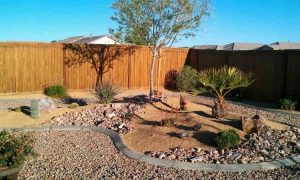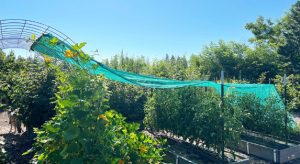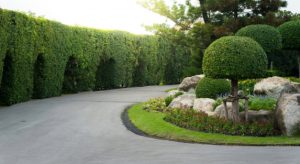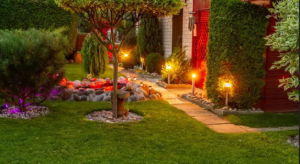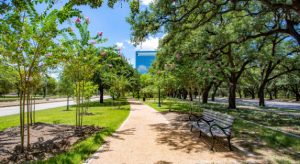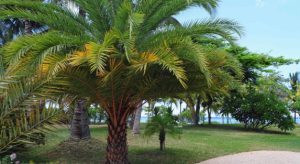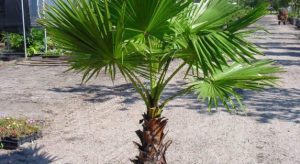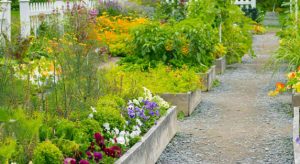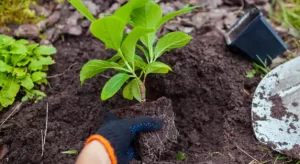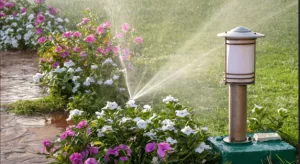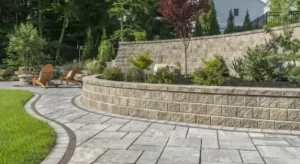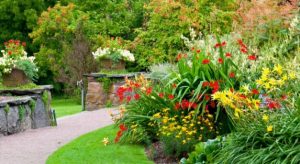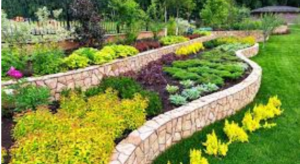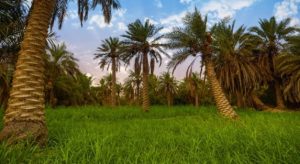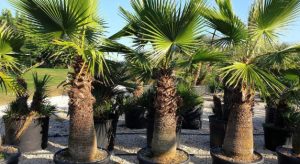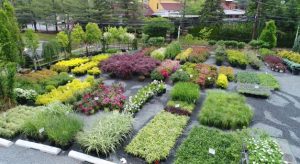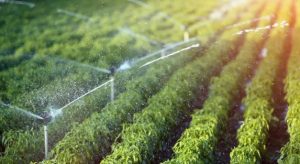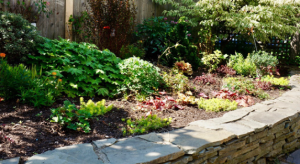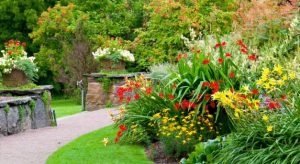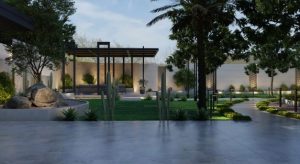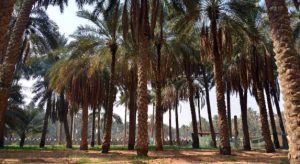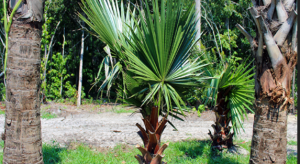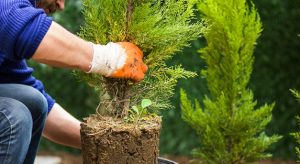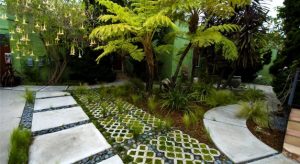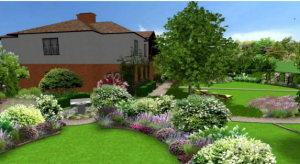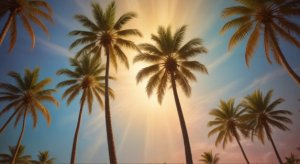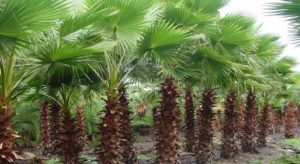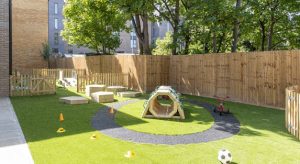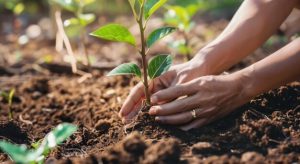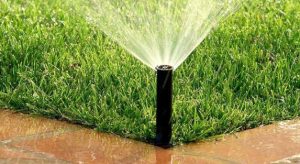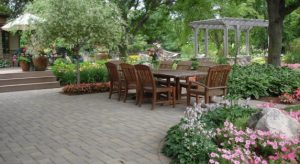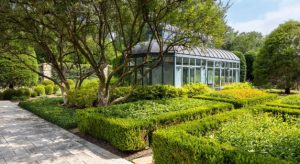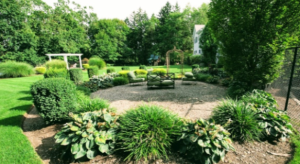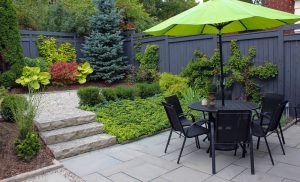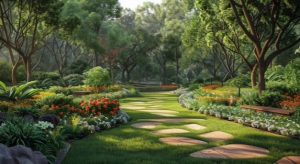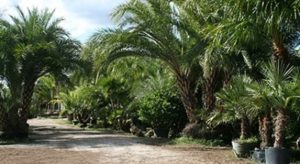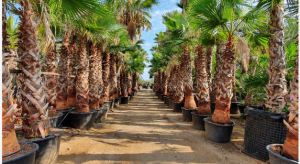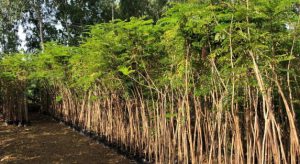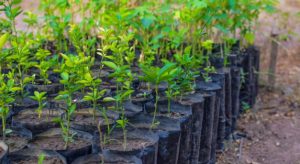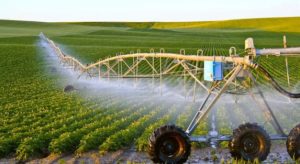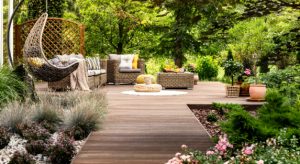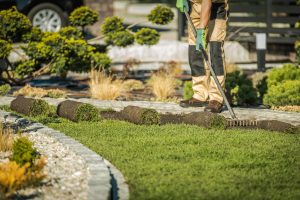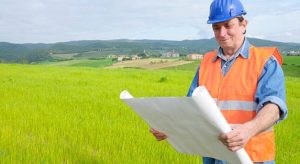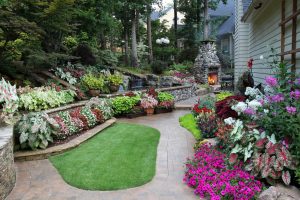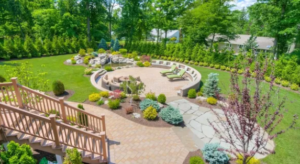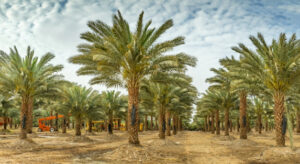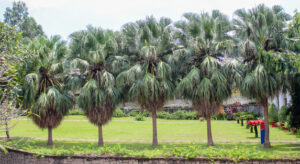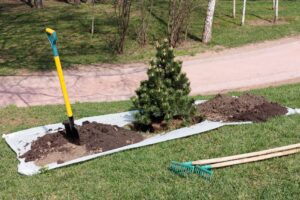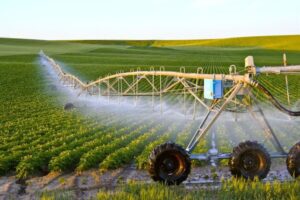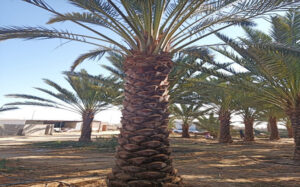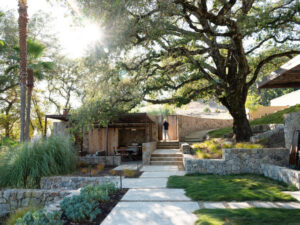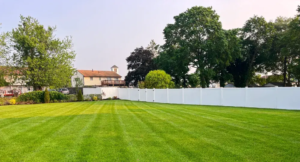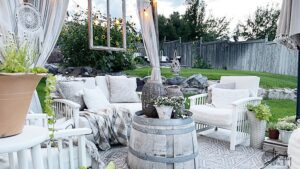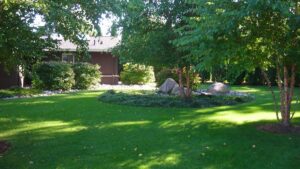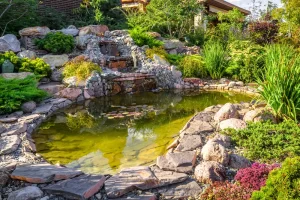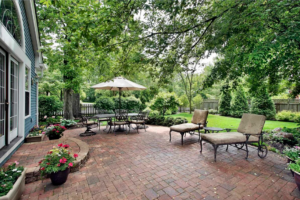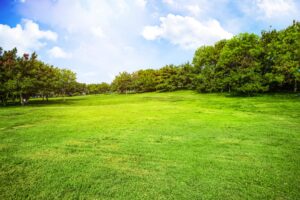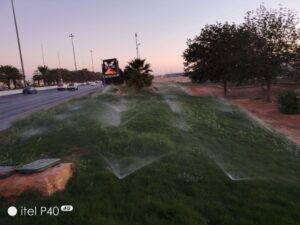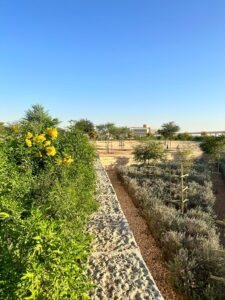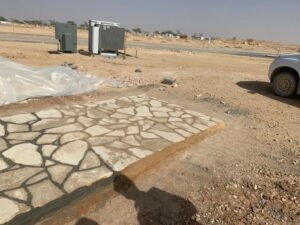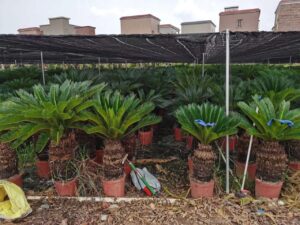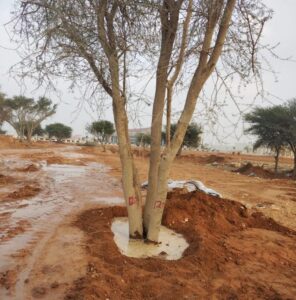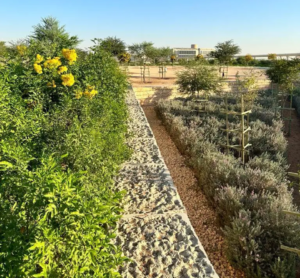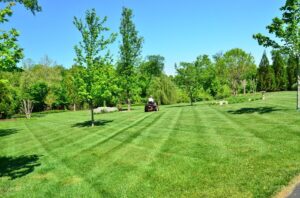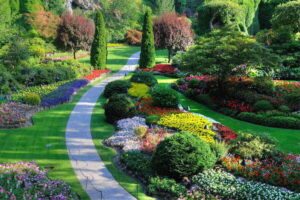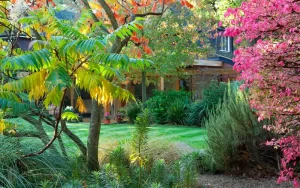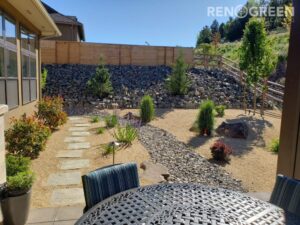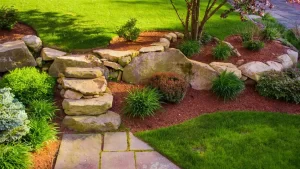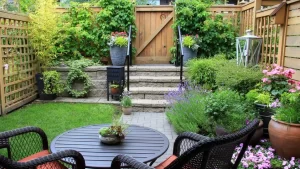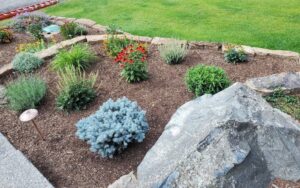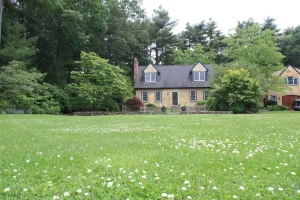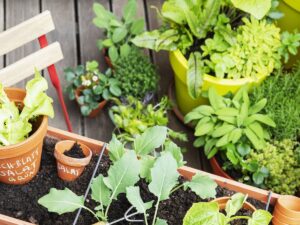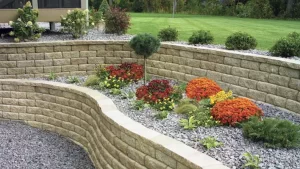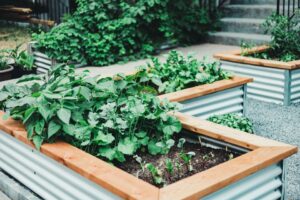10 Tips for Growing Washingtonia Trees in Your Garden
6 September, 2024
Introduction
Washingtonia trees, renowned for their majestic appearance and tropical allure, are a popular choice for gardens in arid climates. These towering palms, often referred to as Washingtonia robusta (the Mexican fan palm) and Washingtonia filifera (the California fan palm), offer a striking aesthetic and can thrive in various conditions with the right care. If you're considering adding these trees to your garden, it's essential to understand their specific needs and the best practices for successful growth. This comprehensive guide provides ten valuable tips for growing Washingtonia trees, with a focus on sourcing from a reliable Washingtonia tree supplier in Riyadh and ensuring your palms flourish.
1. Choose the Right Washingtonia Tree Species
1.1. Understanding the Species
Washingtonia trees come in two primary species, each with unique characteristics:
Washingtonia robusta: Known for its slender trunk and fan-shaped leaves, this species can reach heights of up to 30 meters. It’s well-suited for warmer climates and can withstand dry conditions.
Washingtonia filifera: This species is more robust, with a thicker trunk and more substantial fronds. It’s native to California and is slightly less tolerant of extreme drought compared to W. robusta.
1.2. Selecting the Right Tree for Your Climate
Choose the species that best matches your local climate. In Riyadh, where temperatures can be extreme and rainfall scarce, Washingtonia robusta might be a more suitable choice due to its high tolerance for drought and heat.
1.3. Sourcing from a Reliable Supplier
To ensure you get healthy, high-quality trees, work with a reputable Washingtonia tree supplier in Riyadh. They can provide advice on the best species for your needs and offer healthy specimens that are well-suited for your garden conditions.
2. Site Selection and Preparation
2.1. Choosing the Right Location
Washingtonia trees require plenty of sunlight to thrive. Select a location in your garden that receives full sun for most of the day. Ensure there is enough space for the tree to grow to its full height and spread.
2.2. Soil Preparation
Washingtonia palms prefer well-drained soil. Sandy loam or sandy soil mixed with organic matter is ideal. Avoid heavy clay soils that can lead to waterlogging and root rot. Amending the soil with compost or well-rotted manure can improve drainage and nutrient content.
2.3. Avoiding Shade and Competition
Ensure that the chosen site does not have excessive shade from structures or other trees. Additionally, avoid planting Washingtonia trees too close to other plants or structures to prevent competition for nutrients and space.
3. Planting Techniques
3.1. Digging the Planting Hole
Dig a hole that is twice as wide and the same depth as the root ball of the tree. This allows the roots to spread out easily and establish themselves in the new location.
3.2. Planting Depth
Plant the Washingtonia tree at the same depth it was growing in the nursery. The top of the root ball should be level with the soil surface to avoid burying the trunk and causing rot.
3.3. Backfilling and Watering
Backfill the hole with the original soil mixed with compost. Water the area thoroughly to remove air pockets and help the soil settle around the roots.
4. Watering and Irrigation
4.1. Establishing a Watering Schedule
Washingtonia trees are drought-tolerant but need regular watering during their establishment phase. Water the tree deeply once a week for the first six months. Gradually reduce the frequency as the tree matures and establishes a robust root system.
4.2. Adjusting for Weather Conditions
In extreme heat or dry periods, increase the watering frequency to prevent stress. Conversely, reduce watering during cooler or rainy periods to avoid overwatering.
4.3. Using Drip Irrigation
Consider installing a drip irrigation system to provide consistent moisture without water wastage. Drip irrigation can also help target the root zone directly, promoting healthy growth.
5. Fertilizing and Nutrient Management
5.1. Choosing the Right Fertilizer
Washingtonia trees benefit from balanced fertilizers with equal parts nitrogen, phosphorus, and potassium. A slow-release, granular fertilizer can provide essential nutrients over an extended period.
5.2. Application Timing
Apply fertilizer in the spring and summer months when the tree is actively growing. Avoid fertilizing in the winter when the tree’s growth slows down.
5.3. Avoiding Over-Fertilization
Over-fertilization can lead to excessive foliage growth and poor root development. Follow the recommended application rates on the fertilizer packaging and avoid applying more than necessary.
6. Pruning and Maintenance
6.1. Removing Dead or Damaged Fronds
Regularly prune dead or damaged fronds to maintain the tree’s appearance and health. Use clean, sharp tools to avoid introducing pathogens.
6.2. Avoiding Excessive Pruning
Excessive pruning can stress the tree and reduce its ability to photosynthesize. Remove only the fronds that are clearly dead or diseased.
6.3. Managing Growth
As Washingtonia trees grow, they can develop a tall trunk and a canopy of fronds. Prune the lower fronds periodically to keep the trunk clean and reduce the risk of pests and diseases.
7. Pest and Disease Management
7.1. Identifying Common Pests
Common pests affecting Washingtonia trees include spider mites, scale insects, and mealybugs. Regularly inspect the tree for signs of infestation and address any issues promptly.
7.2. Treating Diseases
Diseases such as leaf spot and root rot can affect Washingtonia trees. Ensure proper watering and soil drainage to prevent root rot, and use appropriate fungicides for leaf diseases.
7.3. Using Organic Pest Control
Consider using organic pest control methods, such as neem oil or insecticidal soap, to manage pests without harming beneficial insects or the environment.
8. Winter Care and Protection
8.1. Preparing for Cold Weather
In regions where temperatures can drop significantly, protect Washingtonia trees from frost and cold winds. Mulch around the base of the tree to insulate the roots and cover the trunk with burlap if necessary.
8.2. Adjusting Watering Practices
Reduce watering in the winter months to prevent overwatering and root rot. Ensure that the soil is well-drained and avoid watering if the ground is frozen.
8.3. Monitoring for Stress
Watch for signs of stress, such as yellowing fronds or reduced growth, during colder months. Address any issues promptly to prevent long-term damage.
9. Enhancing Aesthetics and Functionality
9.1. Using Washingtonia Trees as Focal Points
Washingtonia trees make excellent focal points in garden design due to their dramatic height and striking appearance. Position them strategically to enhance visual interest and create a tropical ambiance.
9.2. Combining with Other Plants
Pair Washingtonia trees with complementary plants, such as low-maintenance ground covers or colorful flowering shrubs, to create a lush, well-balanced landscape.
9.3. Adding Garden Features
Consider incorporating garden features like pathways, lighting, or water elements around Washingtonia trees to enhance their visual appeal and functionality in the garden.
10. Working with a Washingtonia Tree Supplier in Riyadh
10.1. Selecting a Reputable Supplier
Choosing a reliable Washingtonia tree supplier in Riyadh is crucial for obtaining healthy, well-grown trees. Look for suppliers with a good reputation, positive reviews, and a history of providing quality plants.
10.2. Seeking Expert Advice
A knowledgeable supplier can offer valuable advice on the best Washingtonia species for your garden, planting techniques, and ongoing care. Take advantage of their expertise to ensure successful growth.
10.3. Ensuring Proper Delivery and Planting
Ensure that the supplier provides proper handling and delivery of the trees to prevent damage. Confirm that they offer guidance on planting and initial care to set your trees up for success.
Conclusion
Growing Washingtonia trees in your garden can add a touch of elegance and tropical charm, but it requires careful planning and maintenance. By following these ten tips—choosing the right species, preparing the site, planting correctly, and providing ongoing care—you can ensure that your Washingtonia trees thrive and enhance your garden for years to come. Partnering with a reputable Washingtonia tree supplier in Riyadh will further support your success, offering quality trees and expert advice to help you achieve a beautiful and thriving garden.
- Fountain and Waterfalls
- Gardening
- hardscape
- Irrigation system
- Landscape
- Lawn
- Nursery
- Palm Tree
- Plantation and Maintenance
- softscape
- Tree Transplanting
- Washingtonian Tree
Categories
Latest Post
- Fountain and Waterfalls
- Gardening
- hardscape
- Irrigation system
- Landscape
- Lawn
- Nursery
- Palm Tree
- Plantation and Maintenance
- softscape
- Tree Transplanting
- Washingtonian Tree





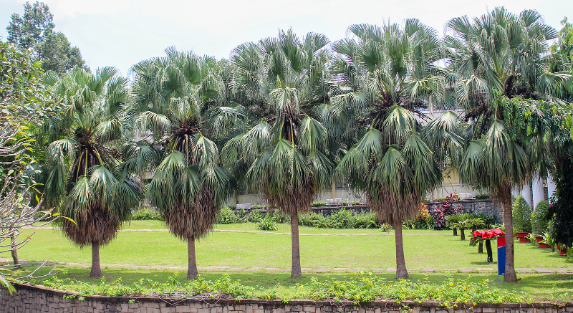
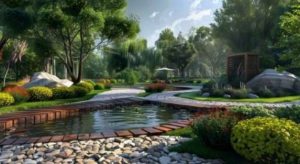
 .
.